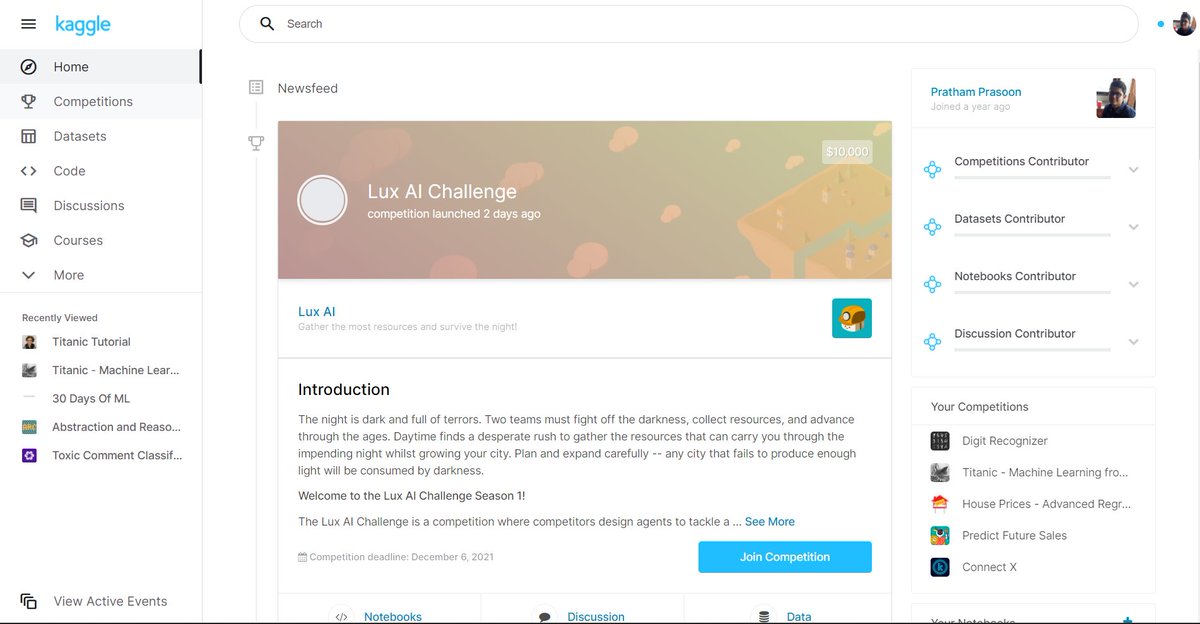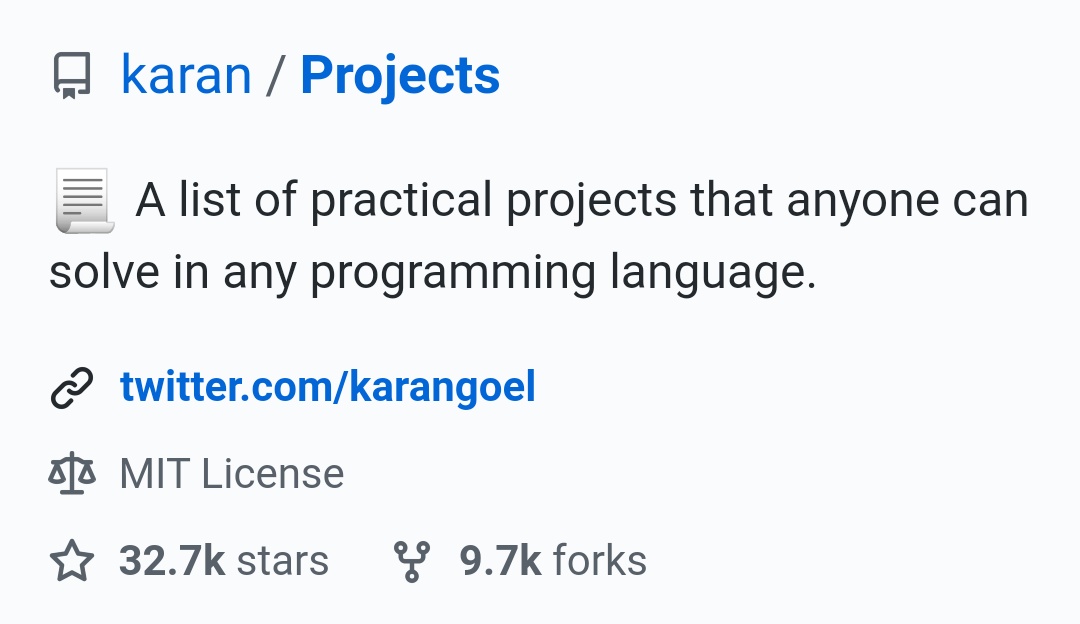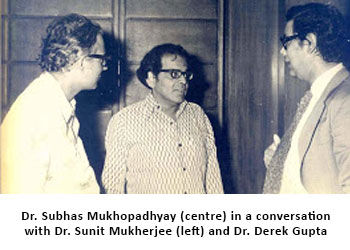when I started out, I knew nobody that worked or had knowledge of Data Science which made me try all sorts of different things that were not actually necessary.
You are looking to get into Machine Learning? You most certainly can
Because I believe that if an above-average student like me was able to do it, you all certainly can as well
Here's how I went from knowing nothing about programming to someone working in Data Science👇
when I started out, I knew nobody that worked or had knowledge of Data Science which made me try all sorts of different things that were not actually necessary.
I learned it out of curiosity and I had no idea about Machine Learning at this point.
The approach I took was just to make the same kind of programs I made in C but just replacing the syntax with that of python and practised those.
Already knowing a language made it easier.
I didn't have to have any idea about Machine Learning for the course. I completed that in almost a month and it gave me a good intuition of things and the flow of ML.
But after a lot of tries, I wasn't really able to do it. Because I was constantly encountering a lot of stuff things in code that I wasn't really aware of.
Even loading the CSV data seemed like a hard task.
The absolute necessary ones were
🔸Numpy
🔸Pandas
🔸Matplotlib
🔸Seaborn
🔸SciKit Learn
🔸Os (an important built-in package).
The practice of the taught concepts multiple times was necessary, I did that as much as I could and also read blogs on them
Different people solve the same problem differently and you read a lot of other people's code. From there on that's what kept me growing.
🔹Exploration and visualization of data
🔹How to approach a new problem
🔹Better code structure for implementing a machine learning solution
You don't have to be an absolute grandmaster of kaggle but plenty practice and patience is needed.
▪ Titanic Survival
▪ Spam Classification
▪ Movies Recommendation
▪ Boston House Pricing
▪ Churn Prediction
You'll kind of know your way from there, moving to harder problems slowly.
Learning the maths behind will keep things interesting if you won't enjoy that you will get bored pretty quickly.
And you are NOT too old or too young for this stuff
Look at these two guys @svpino @PrasoonPratham !
I am listing the resources below. These are what I used, they don't have to be the same, see what works for you better. Bend things your way.
More from Coding
You May Also Like
First thread of the year because I have time during MCO. As requested, a thread on the gods and spirits of Malay folk religion. Some are indigenous, some are of Indian origin, some have Islamic
Before I begin, it might be worth explaining the Malay conception of the spirit world. At its deepest level, Malay religious belief is animist. All living beings and even certain objects are said to have a soul. Natural phenomena are either controlled by or personified as spirits
Although these beings had to be respected, not all of them were powerful enough to be considered gods. Offerings would be made to the spirits that had greater influence on human life. Spells and incantations would invoke their
Two known examples of such elemental spirits that had god-like status are Raja Angin (king of the wind) and Mambang Tali Arus (spirit of river currents). There were undoubtedly many more which have been lost to time
Contact with ancient India brought the influence of Hinduism and Buddhism to SEA. What we now call Hinduism similarly developed in India out of native animism and the more formal Vedic tradition. This can be seen in the multitude of sacred animals and location-specific Hindu gods
i wonder if you can make a thread bout witchcraft in malaysia.. or list of our own local gods/deites..
— r a y a \U0001f319 (@lcvelylilith) February 20, 2020
Before I begin, it might be worth explaining the Malay conception of the spirit world. At its deepest level, Malay religious belief is animist. All living beings and even certain objects are said to have a soul. Natural phenomena are either controlled by or personified as spirits
Although these beings had to be respected, not all of them were powerful enough to be considered gods. Offerings would be made to the spirits that had greater influence on human life. Spells and incantations would invoke their
Animist ceremonies of a religious or magical nature were normally held for the purpose of divination or making a request. This would either be done at a keramat or at a shrine similar to the Thai spirit houses or Chinese roadside shrines pic.twitter.com/I1hliyi0x3
— \u2745\u1710\u170b\u1713\u170e (@uglyluhan) June 16, 2019
Two known examples of such elemental spirits that had god-like status are Raja Angin (king of the wind) and Mambang Tali Arus (spirit of river currents). There were undoubtedly many more which have been lost to time
Contact with ancient India brought the influence of Hinduism and Buddhism to SEA. What we now call Hinduism similarly developed in India out of native animism and the more formal Vedic tradition. This can be seen in the multitude of sacred animals and location-specific Hindu gods






























